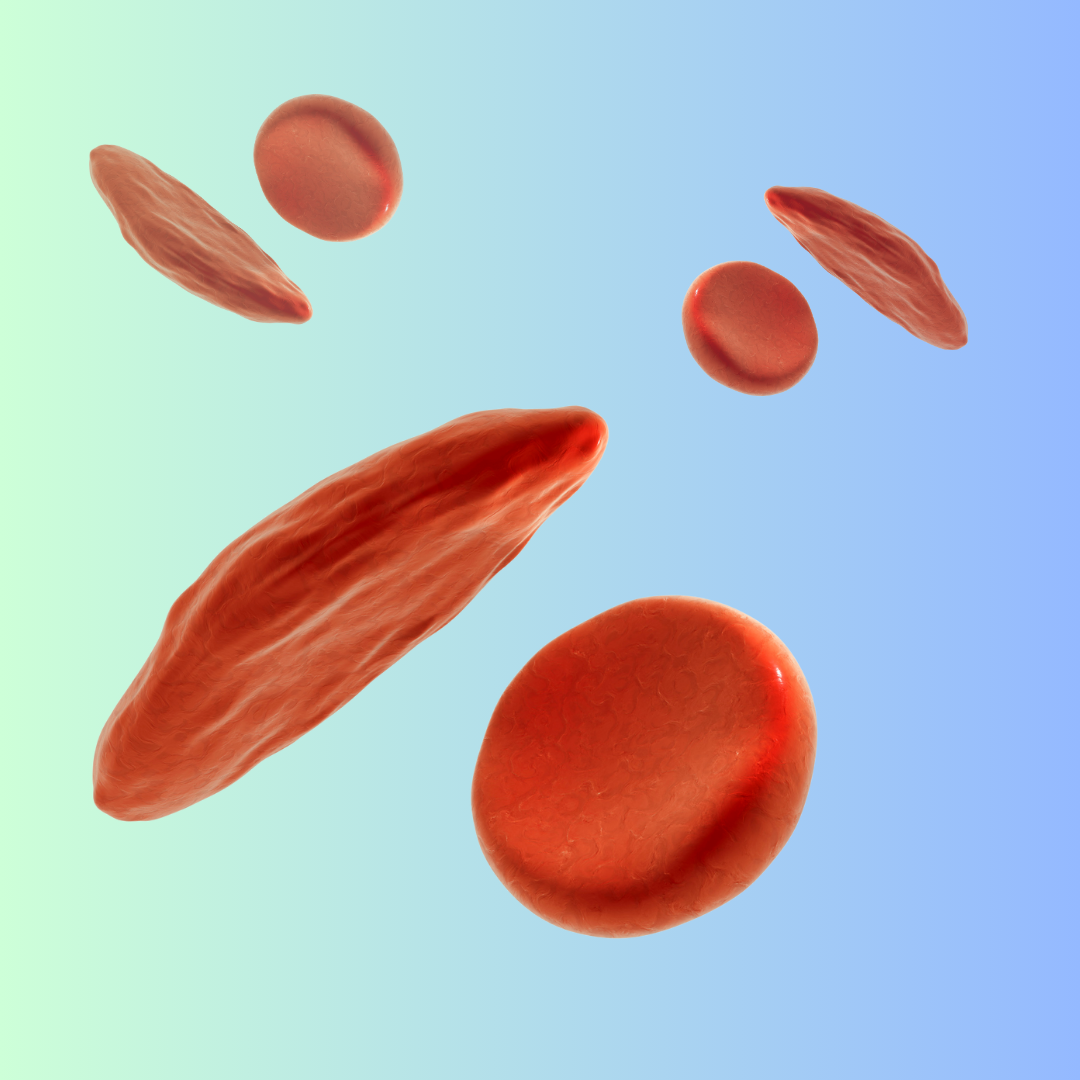Aggregated News

“DON’T PLAY WITH HER! SHE HAS SICKLE CELL”
On a sunny day in Southern Nigeria, my uncle and aunt took their children to the hospital. Because their daughter had suffered swollen joints and body pains for months, a doctor advised genetic testing. The results diagnosed her with sickle cell anemia, a genetic blood condition characterized by defective hemoglobin, the protein in red blood cells that ferries oxygen around the body.
In the 15 years since her diagnosis, my cousin has undergone multiple blood transfusions and debilitating pain crises. Throughout her life, she has been described by relatives as “unwell” and “frail.” Her parents and teachers prohibited her from play and physical exertion. Kids made fun of her for being sick.
My family and I are relieved that she is alive.
Millions of people worldwide live with sickle cell anemia, although an exact count remains elusive due to factors such as underdiagnosis, underreporting, and early deaths. In Nigeria, an estimated 1 in 4 individuals bear the sickle cell trait.
As a medical anthropologist, I am interested in how the condition...



